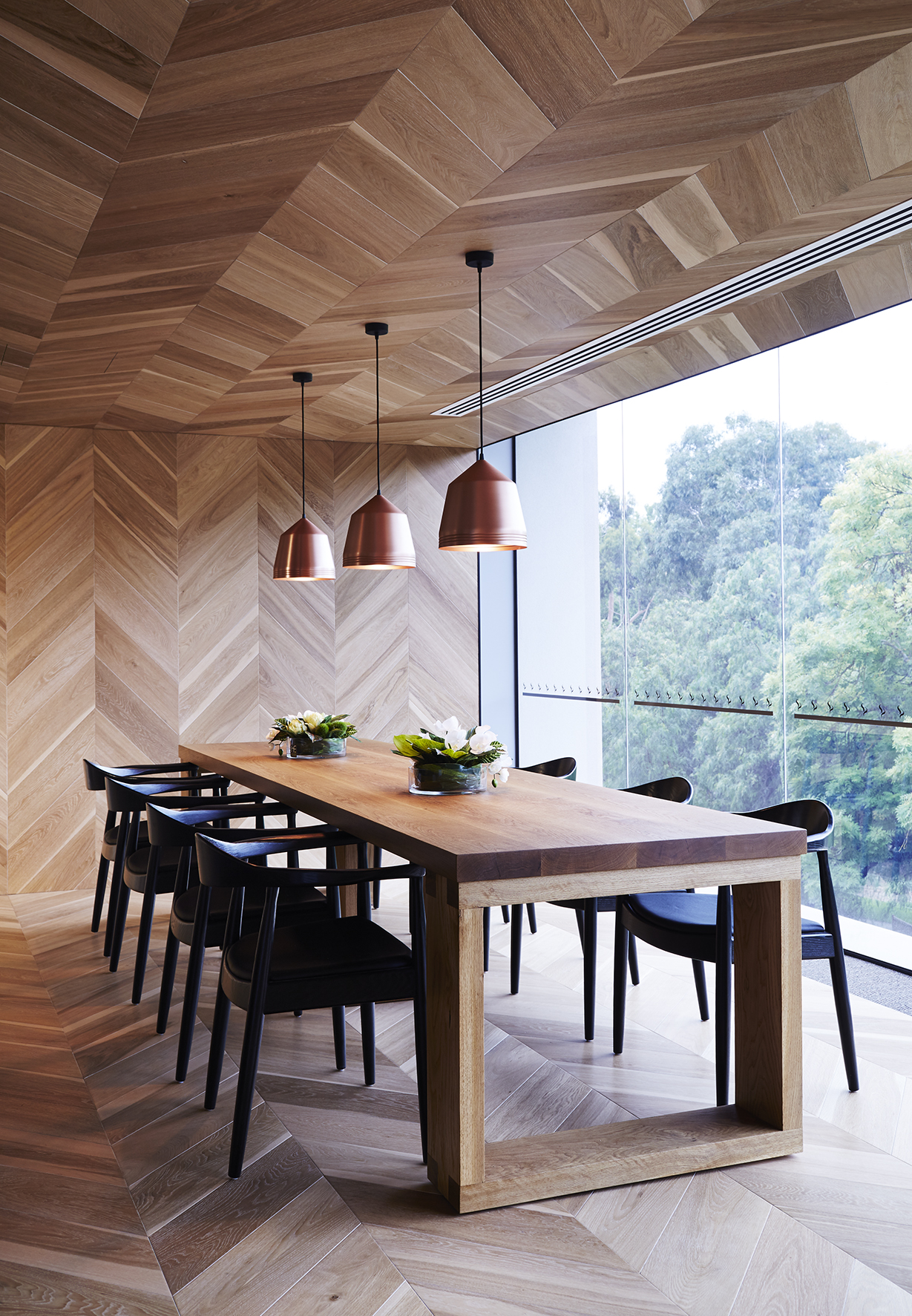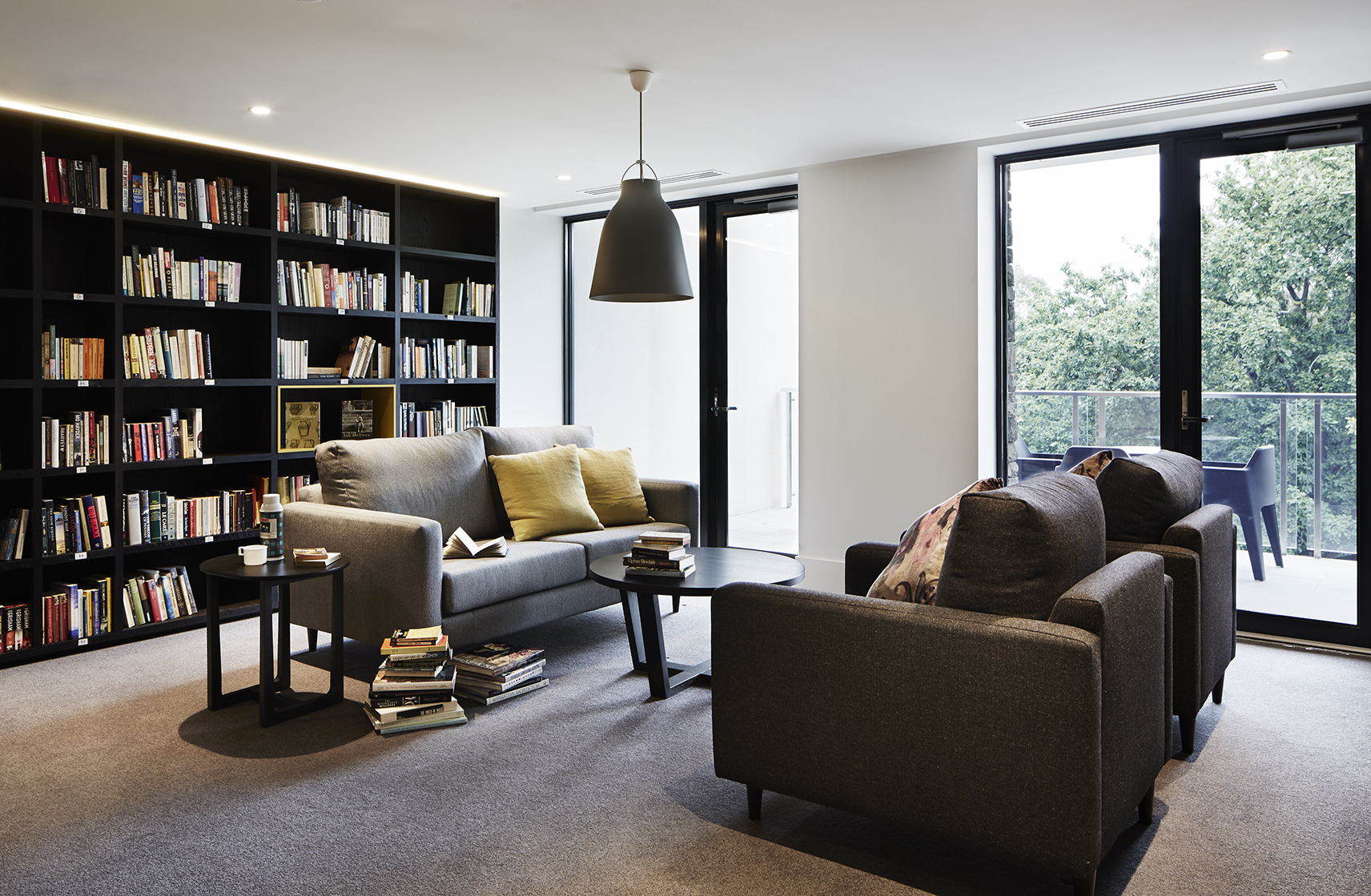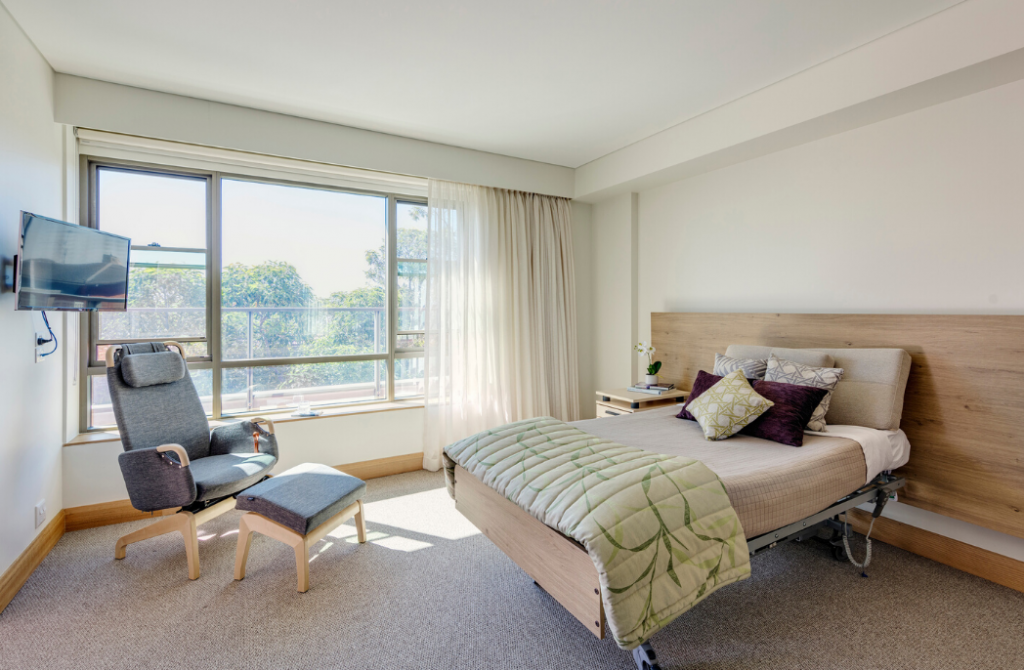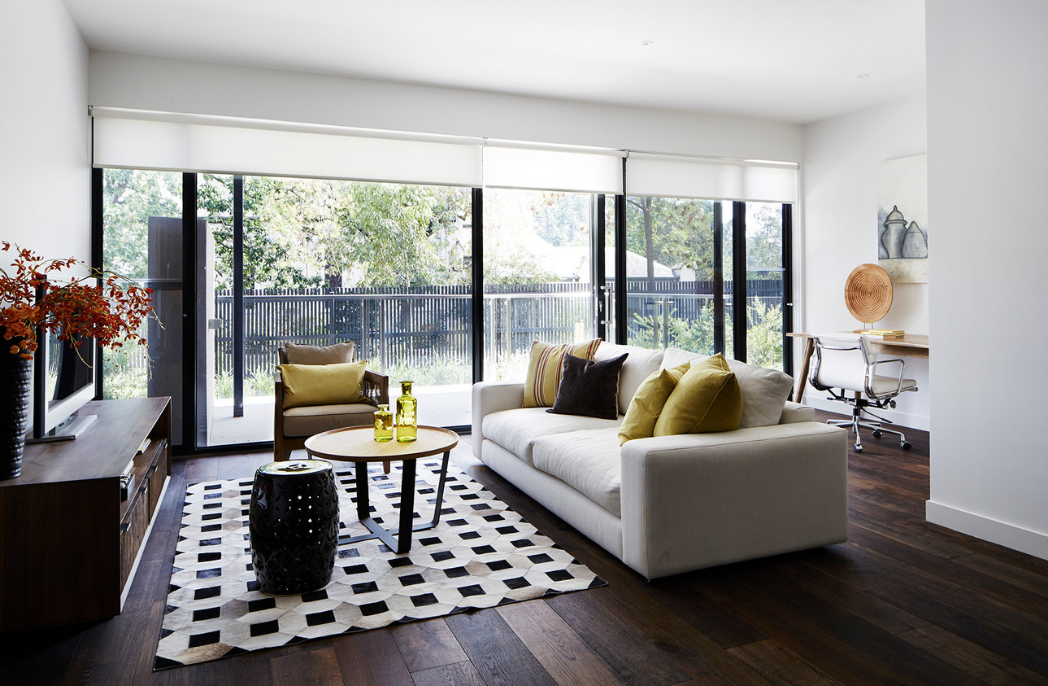
Liveable aged-care: Ann-Maree Ruffles on new design approaches
Liveable aged-care: Ann-Maree Ruffles on new design approaches
Share
As a leading international architectural practice in the elderly living sector, ThomsonAdsett has appointed Ann-Maree Ruffles as the new joint group director – seniors living, to lead the company’s design growth in this increasingly important and changing sector.
Ann-Maree’s appointment was a highly strategic decision by ThomsonAdsett. Designing aged care and seniors living communities that feel like ‘home’ has never been more relevant. Her 30 years of design focused residential and multi-residential projects position her perfectly to respond to this growing trend.
Ann-Maree shares her insights into how seniors living benefits from designed responses to a residential, community approach, the importance of designing empowering places, and why strong design in contemporary seniors living communities is vital.

Ann-Maree Ruffles, the newly appointed joint group director – seniors living at ThomsonAdsett.
Since starting with ThomsonAdsett, I’ve become increasingly focused on our internal team approach to designing homes for seniors to live in, not just to ‘age in place’.
There’s a huge mindset shift that’s happening now – one where we as designers, are enabling life, not designing buildings that are focused on a singular response to care provision.
Enablement can result from a number of different approaches, such as focusing on residential home design, which in turn, gives seniors back their control. Keeping seniors within their communities or attracting them to communities of choice, is also imperative and will be increasingly supported by the shift to consumer-based funding. And of course, as architects, we should never underestimate the power and enablement of good design on changing the liveability of a place.
Our design philosophy begins with ‘home’. I’ve found my skills and expertise in residential design are becoming increasingly critical to both understanding and implementing seniors living design. When designing homes for any age, we need to consider appropriate climatic design, environmental impacts and the benefits of inclusion with, and integration to, public spaces.
Our research tells us that architects will increasingly align designing for the ageing population with general home design – this is something our seniors living team predicted many years ago.
If we can design our residential and multi-residential buildings to suit a broader fit, including considerations of future liveability (for example smart homes), then designing for the elderly, becomes designing for anybody.

Streeton Park, retirement living. Photo by Alicia Taylor.
Multi-residential and mixed-use towers will have a big impact here. Seniors are increasingly able to choose not only the quality of their built environment, but their location. As more seniors choose to remain in their communities as they age, the fabric of those communities will also significantly improve. We are seeing growing interest in intergenerational communities, university-based retirement communities (UBRCs), vertical retirement communities (towers), implementation of smart solutions into homes and so on. We’ll only see this interest continue to grow and we, as designers, need to respond accordingly.
Historically, design for the care of our elderly has been a process of taking an institutional clinical response model and adapting it to be ‘home like’. Industry response has historically been a clinical response as opposed to a part of life.
A great worry of mine at the moment is the effect of one of the biggest problems with ageing – loneliness. Australian suburbs traditionally aren’t particularly social places – those that are, are typically deserted during the day. How can our suburbs better support intergenerational and social interaction?
The issue we have at the moment (an urban design problem) is that we don’t deal with the emerging problems across all age groups – loneliness, helplessness, social isolation and boredom.
On reflecting where I see the future of seniors living design, it’s about designing environments where quality prevails.

Streeton Park retirement living.
It’s important to remember that everyone has their own brief, whether young or old, abled or disabled. The problem in the past has been that retirement living or aged care occupants were often considered to have one single, or standard, brief.
The current market is a lot savvier and they expect finessed design. Clients and providers come far better prepared, far more knowledgeable, far more hands on, and far more exacting than even five years ago. They have a much higher expectation of the quality of where they’re living or what they want supplied. As architects, we need to respond and continue to raise our design standards. And so to me, it always comes back to one important question when I’m designing – would I want to live here?
I’ve worked in many facets of residential design over the decades, including bespoke private residential, multi-residential, community housing, housing for disability and design for ageing. This experience has led to my passion to ‘design for living’ – creating rich, vibrant and inclusive communities for varying briefs.
A great worry of mine at the moment is the effect of one of the biggest problems with ageing – loneliness.
Good design is about good working methodology – it’s efficient planning and most importantly strong communication. It’s understanding that no two clients are the same. That’s really important, particularly in seniors living, because a lot of providers and seniors living developers have very different approaches.
At the end of the day, it’s about being an advocate for the user, the seniors who are going to live within our designs. Moving forward, there’s a huge capacity to combine housing for seniors, with the sensibilities of residential architecture, to create well-designed homes that anyone, of any age and capacity, would want to live in.
–
Related
Rethinking community-based aged care
Longer lives, higher expectations: the future of seniors living design
The architecture of ageing
You Might also Like





















